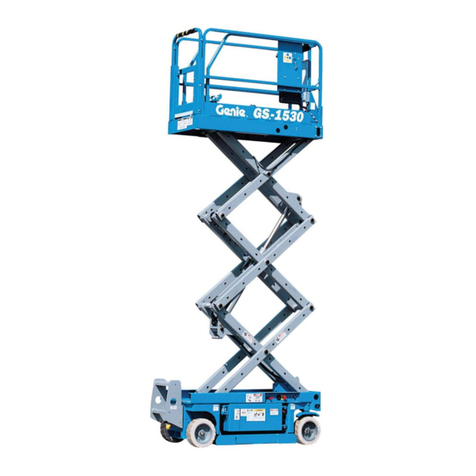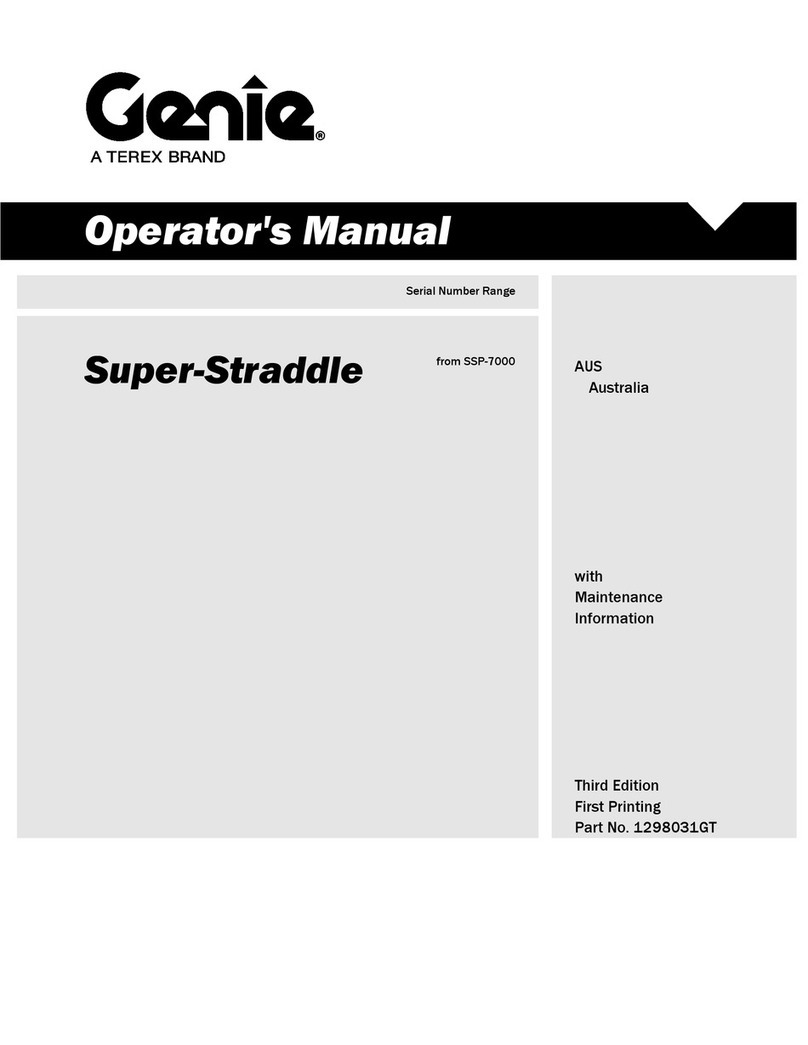Genie GTH-2506 AU.3 User manual
Other Genie Lifting System manuals
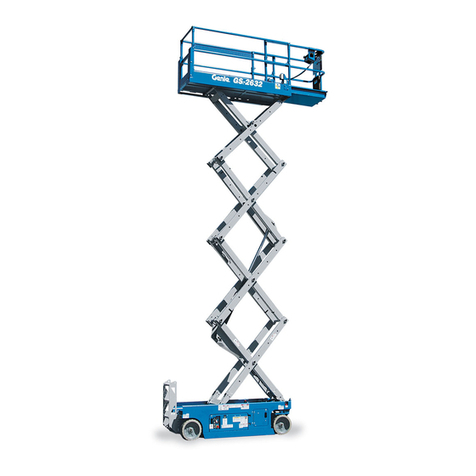
Genie
Genie GS-2632 Setup guide
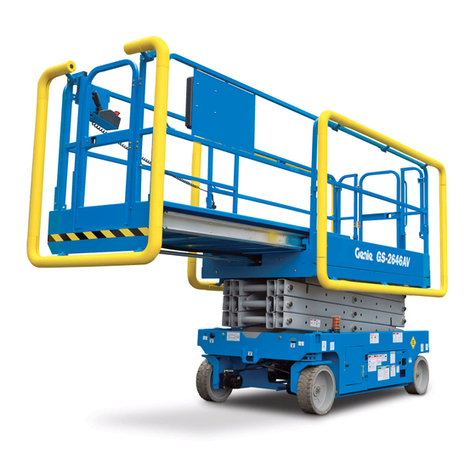
Genie
Genie GS-2646AV Installation and operating manual

Genie
Genie gS-1530/32 Installation and operating manual
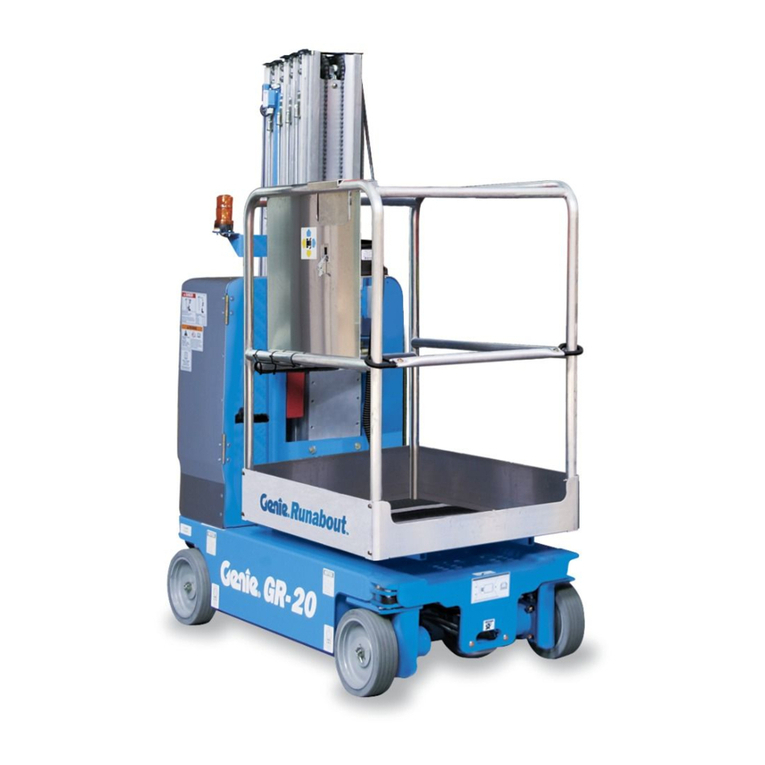
Genie
Genie Lift Guard GR-12 Setup guide
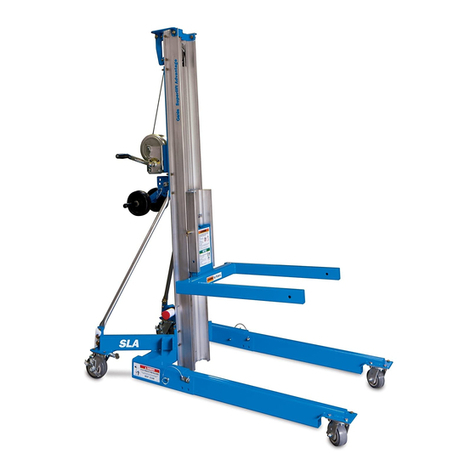
Genie
Genie Superlift SL-5 Quick start guide

Genie
Genie AWP Super Series User manual

Genie
Genie GS-2046 User manual
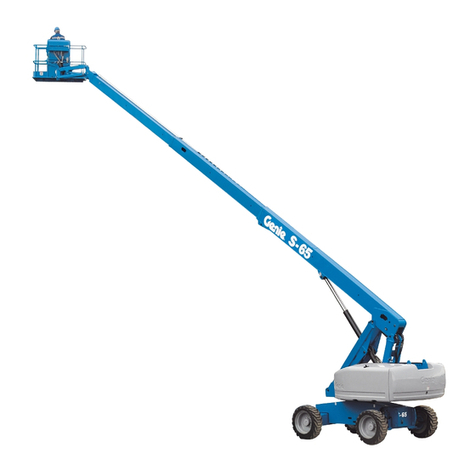
Genie
Genie S-40 TRAX User manual
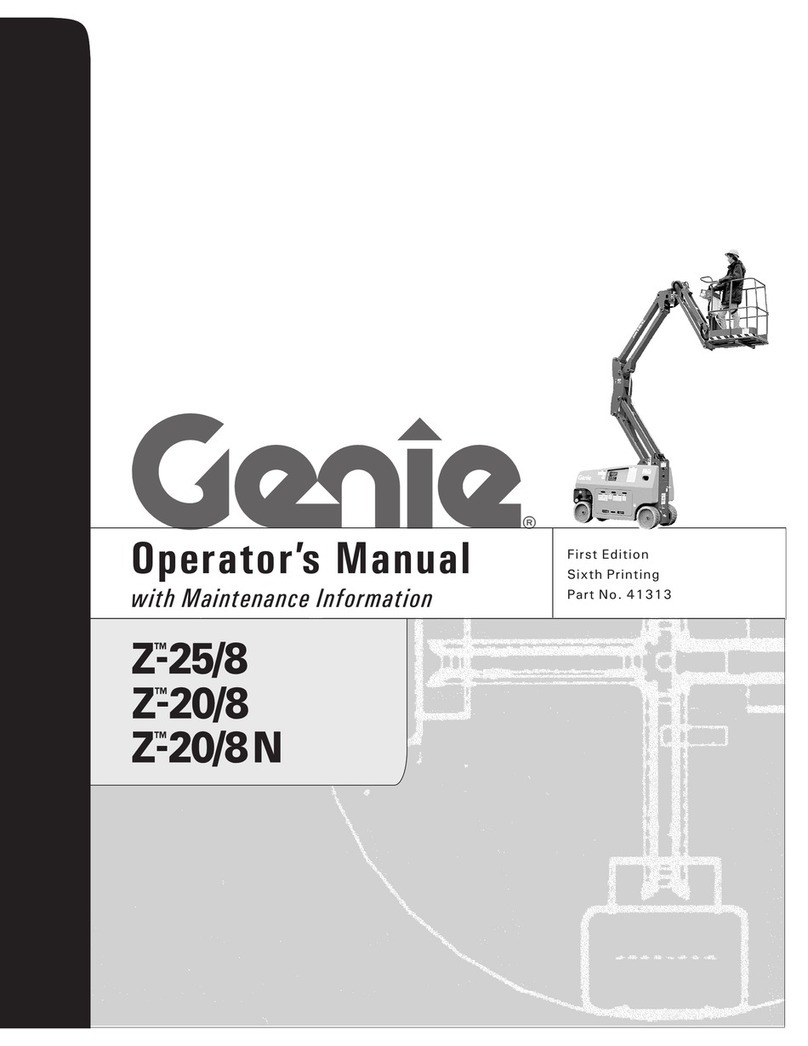
Genie
Genie Z-25/8 User manual
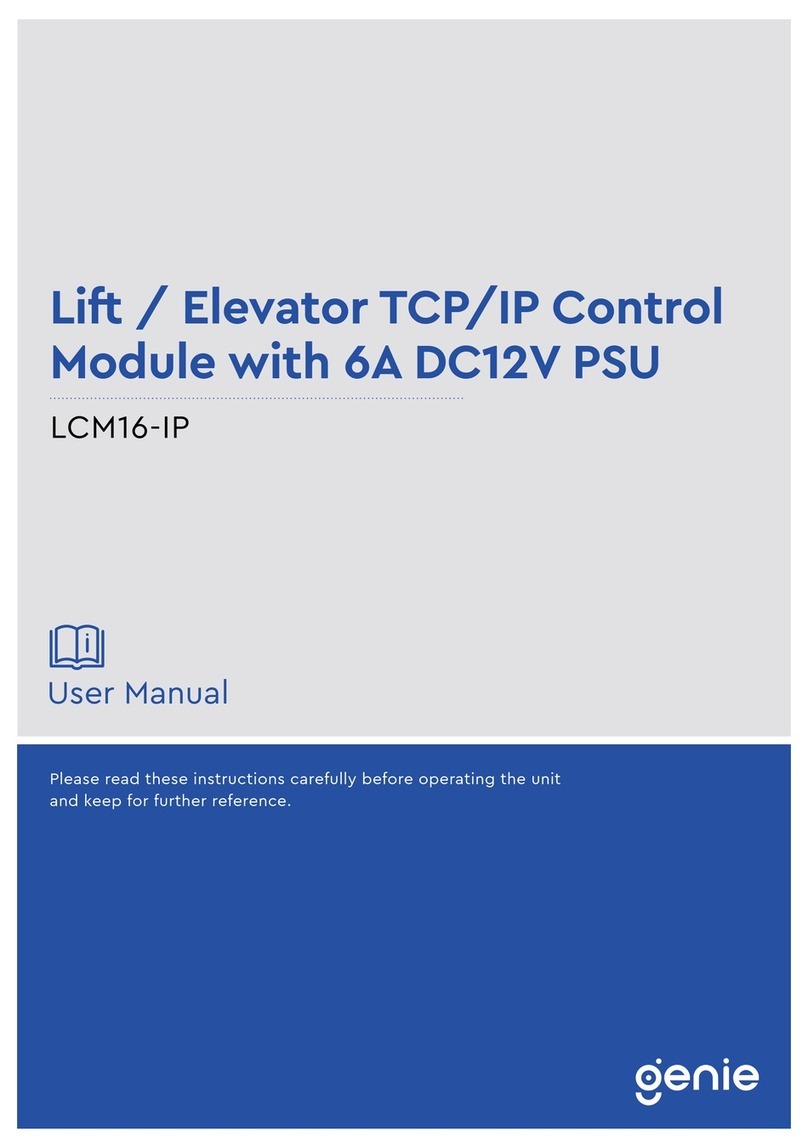
Genie
Genie LCM16-IP User manual
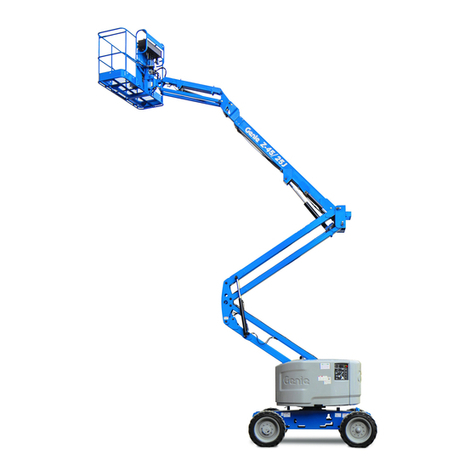
Genie
Genie Z-45 Installation and operating manual
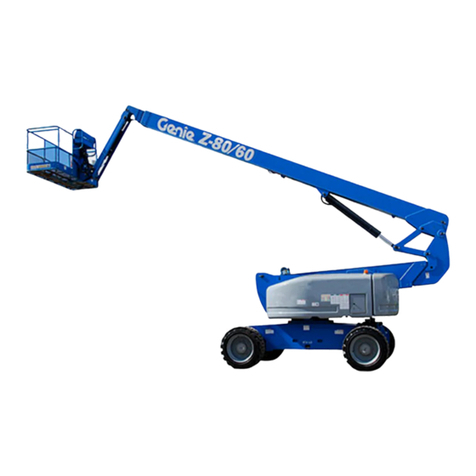
Genie
Genie Z-80/60 User manual

Genie
Genie GTH-1048 User manual
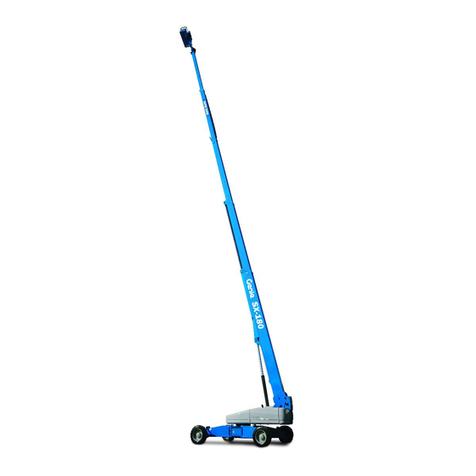
Genie
Genie SX-180 User manual
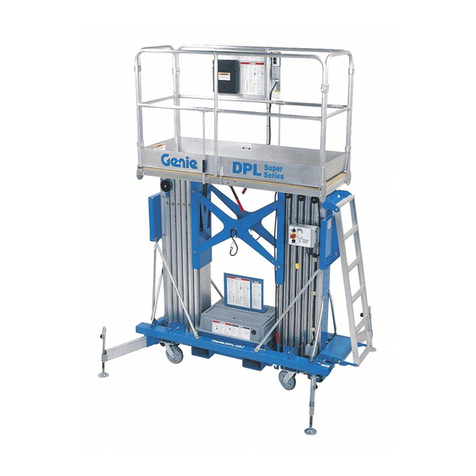
Genie
Genie DPL-25S User manual
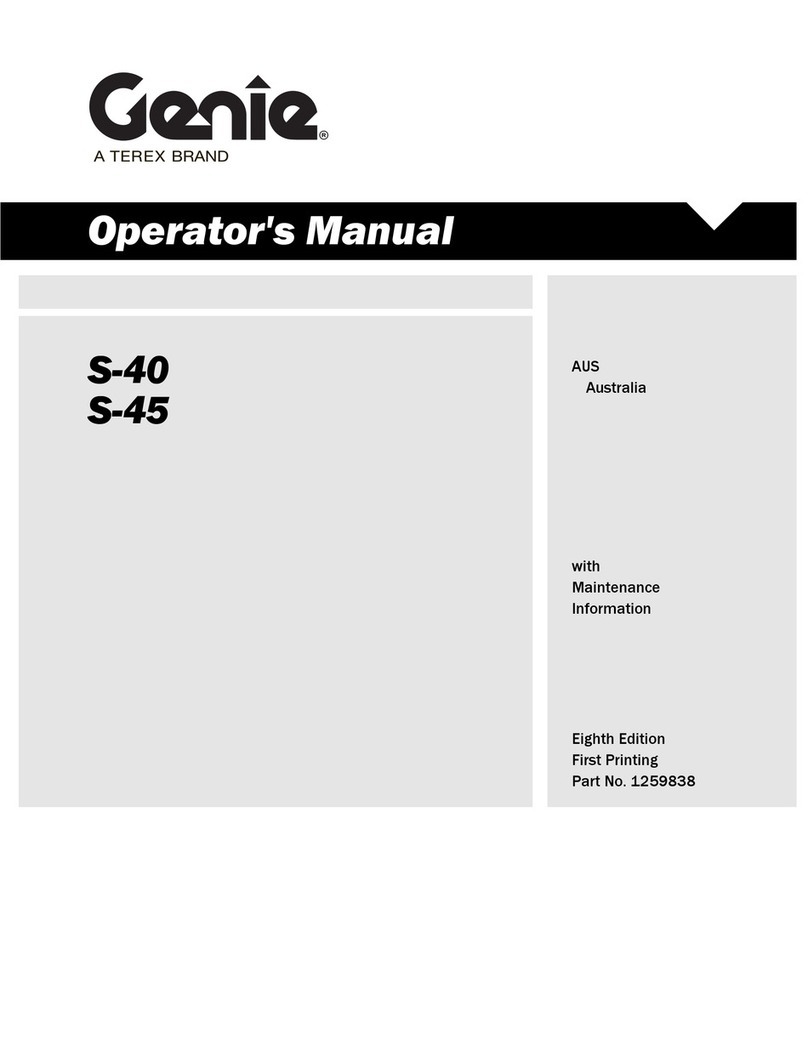
Genie
Genie S-40 TRAX User manual

Genie
Genie Z-34/22 User manual
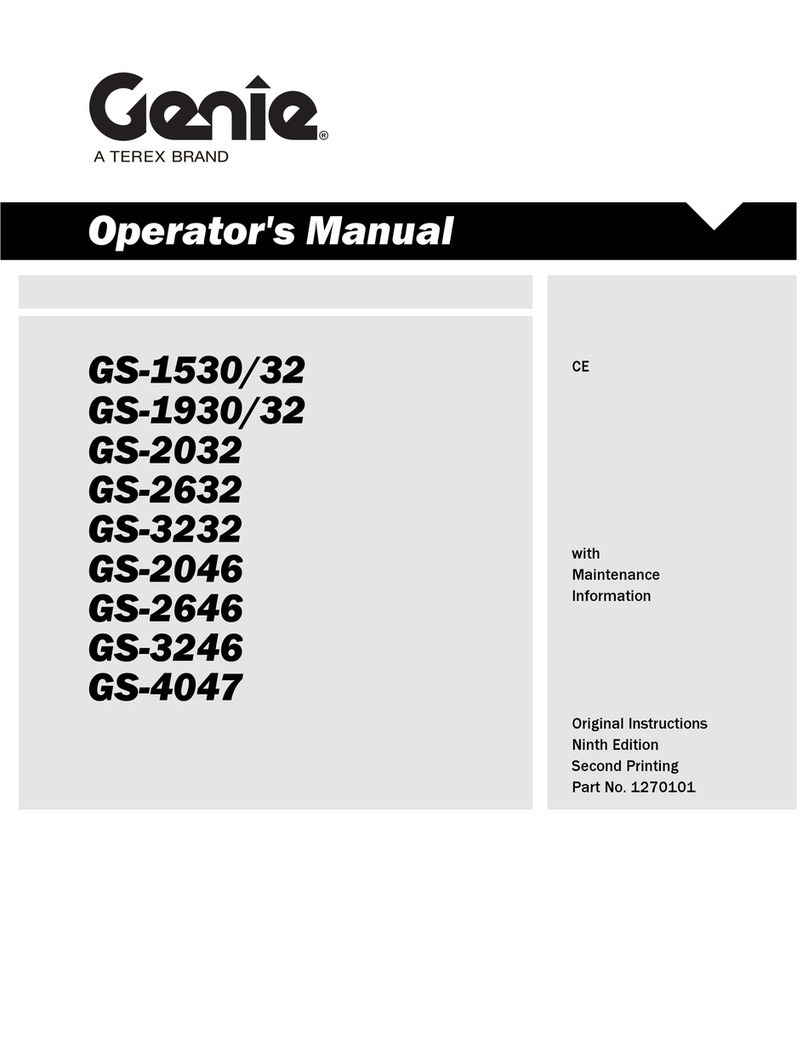
Genie
Genie gS-1530/32 User manual

Genie
Genie Super Tower ST-20 User manual
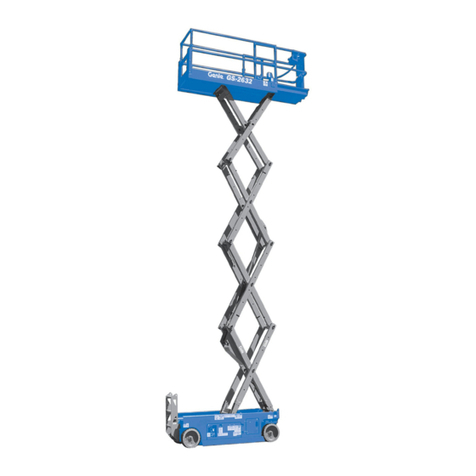
Genie
Genie GS-2032 Setup guide
Popular Lifting System manuals by other brands

probst
probst SDH-H-15 operating instructions

Bruno
Bruno OUTDOOR ELITE CRE-2110E Operator's manual

matev
matev FPS Mounting Assembly Installation Guide

Vestil
Vestil CYL-HLT Series instruction manual

Butts Tools
Butts Tools BXS0002 operating instructions

Safelift
Safelift MoveAround MA60 Original instructions

R. Beck Maschinenbau
R. Beck Maschinenbau HS 600 operating manual

Nova Technology International, LLC
Nova Technology International, LLC NAS Series quick start guide

Screen Technics
Screen Technics INTERFIT Vertical Up Lift instructions

Drive
Drive DUPONT SAMERY Hermes user manual

Custom Equipment
Custom Equipment Hy-Brid 3 Series MAINTENANCE & TROUBLESHOOTING MANUAL

Custom Equipment
Custom Equipment Hy-Brid Lifts 2 Series Maintenance and troubleshooting manual

